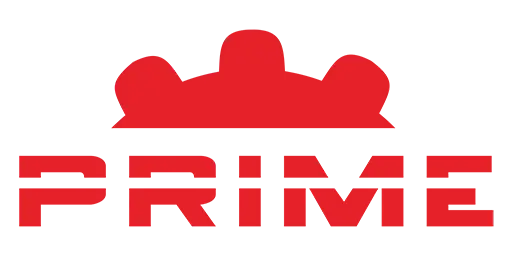If you need wire EDM cutting we are one of the most capable and affordable sources and we can get the job done right. We stock a wide variety of materials, use state-of-the-art machines and diligently follow all design specifications. We continually strive to improve and optimize our processes and maximize customer convenience. Our customers range from investors to businesses to government agencies. We are focused on quality and customer service.
How wire EDM cutting works
Wire EDM cutting, also known as electrical discharge machining, is a process that uses an electrically energized thin wire to slice through metal. This method uses rapid, controlled, repetitive spark discharges from the wire to the workpiece, thereby eroding the metal away. The workpiece must be electrically conductive.
Materials
Wire EDM cutting can be applied to Aluminum, Stainless Steel, Copper, Steel, Brass, Titanium, Spring Steel, Bronze, super alloys and very hard and difficult to machine metals.
Shapes
The wire EDM process can cut most any simple or complex 2D shape including cutouts and thin walls, intricate openings, and sharp inside corners. Examples of a few types of parts include Custom gears, Custom robot parts, punch and die tooling, stripper plates, and mold components.
Advantages
Wire EDM can provide high dimensional accuracy for close fitting parts. The process can make sharp inside corners. EDM can cut material thickness from only a few thousandths of an inch to several inches. Custom tooling is generally not needed.
Cost optimization
Cost optimization options include:
Reducing cut surface area
Minimizing the number of holes and cutouts
Creating holes by providing a small gap connecting the hole to the outer edge.
- Stacking parts during cutting (this is considered automatically by the CAD)
Design Considerations
Edges are smooth but matte.
Typical surface finish is between 16 and 64 microinches.
Sharp internal corners will be slightly rounded (typically with radius ~.008″).
Kerf width typically ranges from 0.001″ to 0.012″.
The edges of the finished work piece will have virtually no burrs.
Kerf width typically ranges from 0.001″ to 0.012″.
Sharp internal corners will be slightly rounded (typically with radius ~.008″).
